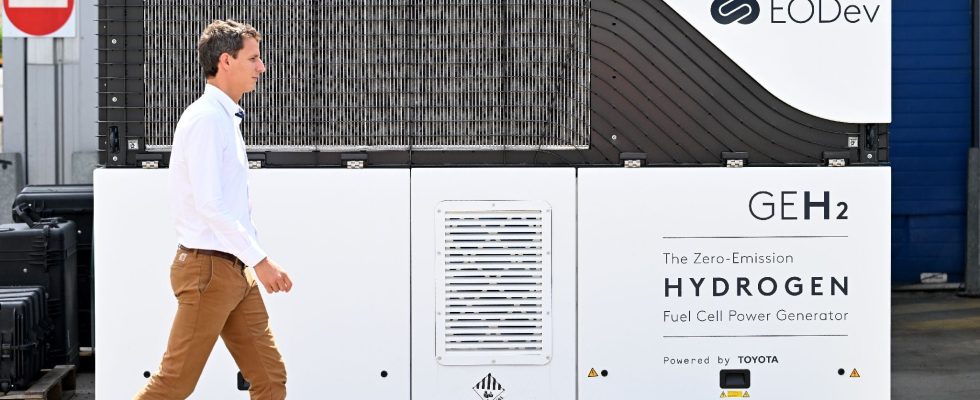After releasing billions of tonnes of CO2 into the atmosphere, can France, and must it, now capture it to stabilize the climate and limit warming? Twice yes, answers Carbon Gap. While information has been lacking until now on the capacity of countries to eliminate carbon dioxide (EDC), the NGO carried out an initial study of the potential tricolor, in mainland France and overseas, in terms of negative emissions. Because, to achieve our climate objectives, all experts, led by the IPCC, agree on the essential nature of these solutions, alongside mitigation policies.
Positive point: France has significant assets. It could even become, if it puts the resources into it, a “net negative emitter” before 2050. Except that, for the moment, “it remains the last in class in Europe, while other countries, such as the United Kingdom United, Denmark, Germany and Switzerland have launched work to adopt an EDC strategy, regrets Sylvain Delerce, research director at Carbon Gap. Public authorities are reluctant to address these subjects, or else to margin”.
Until now, the French response was essentially based on the capacity of our forests to capture carbon. Unfortunately, these turned out to be much more degraded than expected. Hence the crucial interest in “diversifying the strategy and using both natural and technological methods”, points out Sylvain Delerce.
According to Carbon Gap, the necessary investment effort in terms of EDC would represent 8 to 19 billion euros per year until 2050. With a financial commitment of this order, France could offset its volume of emissions, with a margin of safety, thanks to all the available techniques: capture of carbon directly in the air then storage, conversion of biomass, better management of ecosystems… Without additional measures, it will miss the target.
Supporting the sectors
The path to follow is therefore mapped out. When it comes to eliminating carbon dioxide, France must quickly step up its game. “We must develop EDC diplomacy and create support so that the sectors deploy as quickly as those of solar or DNA sequencing in their time,” insists Sylvain Delerce. Some methods, such as reforestation, have already been mastered, while others, often technological, currently only exist in the pilot phase. However, ensuring the viability of an approach requires financial resources.
Furthermore, these solutions will only be truly useful if the country manages, upstream, to reduce its emissions, so that the “surplus” remaining to be absorbed by the EDC is not too significant. The road map setting the country’s emission trajectories by the middle of the century (the SNBC, national low carbon strategy) is currently under review, but the ambition set seems immense: to go from 458 million tonnes of CO2 equivalent in 2015 to only 80 in 2050. Without general mobilization, it is likely to remain a dead letter.
